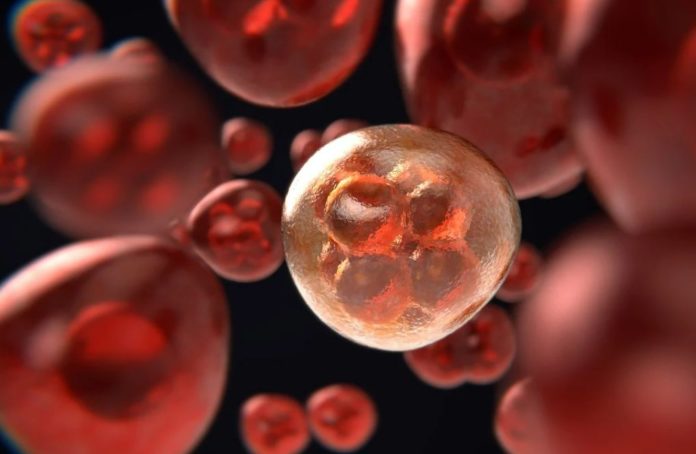A team of scientists was able to synthesize fluorescent molecules that have anticancer activity and could be up to 9 times more effective and 10 times less harmful in future treatments for prostate cancer, and also useful for breast cancer.
The Researchers from the University of Campinas (Unicamp), in the state of Sao Paulo, and the Universidade Federal do Rio Grande do Sul. (UFRGS) in Porto Alegre, from the homonymous state of Brazil, reached an important scientific breakthrough in the field of prostate and breast cancer treatment.
The specialists were able to synthesize fluorescent molecules with anticancer activity that showed efficacy levels up to nine times higher and 10 times less harmful than cisplatin – a drug that is often used in cancer treatments – for prostate cancer and, to a lesser extent but effective in the end, in the case of breast cancer.
“The compounds showed good efficacy against prostate and breast cancer cells,” explains the statement from Unicamp, which also states that one of the compounds showed low toxicity —10 times less — against healthy cells.
- Neuroscience Breakthrough: Study Pinpoints Brain Activity That Helps Prevent Us From Getting Lost
- Brief Anger Hampers Blood Vessel Function Leading to Increased Risk of Heart Disease and Stroke – New Study
- New Blood Test Pinpoints Future Stroke Risk – Study Identifies Inflammatory Molecules as Key Biomarker
- Enceladus: A Potential Haven for Extraterrestrial Life in its Hidden Ocean Depths
- New Experiment: Dark Matter Is Not As ‘DARK’ As All We Think
One of the coordinators of the research, Dennis Russowsky, explained that what was done was a “work with the hybridization of molecules, which is to ‘join’ two different substances to form molecular hybrids. These molecules, once connected, can show an increase in a certain activity or the creation of a new activity.”
How they did it?
They used Monastrol, a molecule with known anticancer activity, and synthesized new hybrid compounds with fluorescent properties to observe their reaction against them.
Fluorescent compounds make it possible to observe “signals” that give scientists information about their location and activity in cells. With the molecule and the hybrid fluorescent compounds in contact “we can look inside the cell where this molecule is going, in which organelle it acts, if it sticks to the wall, if it acts on the nucleus, that is, it is possible to visualize exactly in vivo where that molecule is acting,” Russowsky illustrated.
This is done from “confocal microscopy”, a technical speciality that uses fluorescence in this molecule to dye certain parts of the cell to see exactly how it works.
Thanks to the efficacy shown by one of the molecules tested, what remains is to continue with a process that begins with a pre-clinical trial with guinea pigs and, after this, one with humans.
